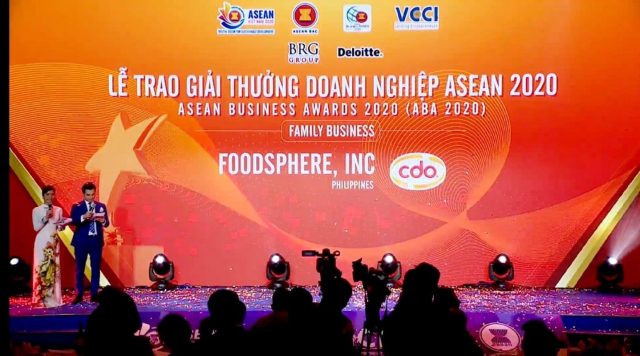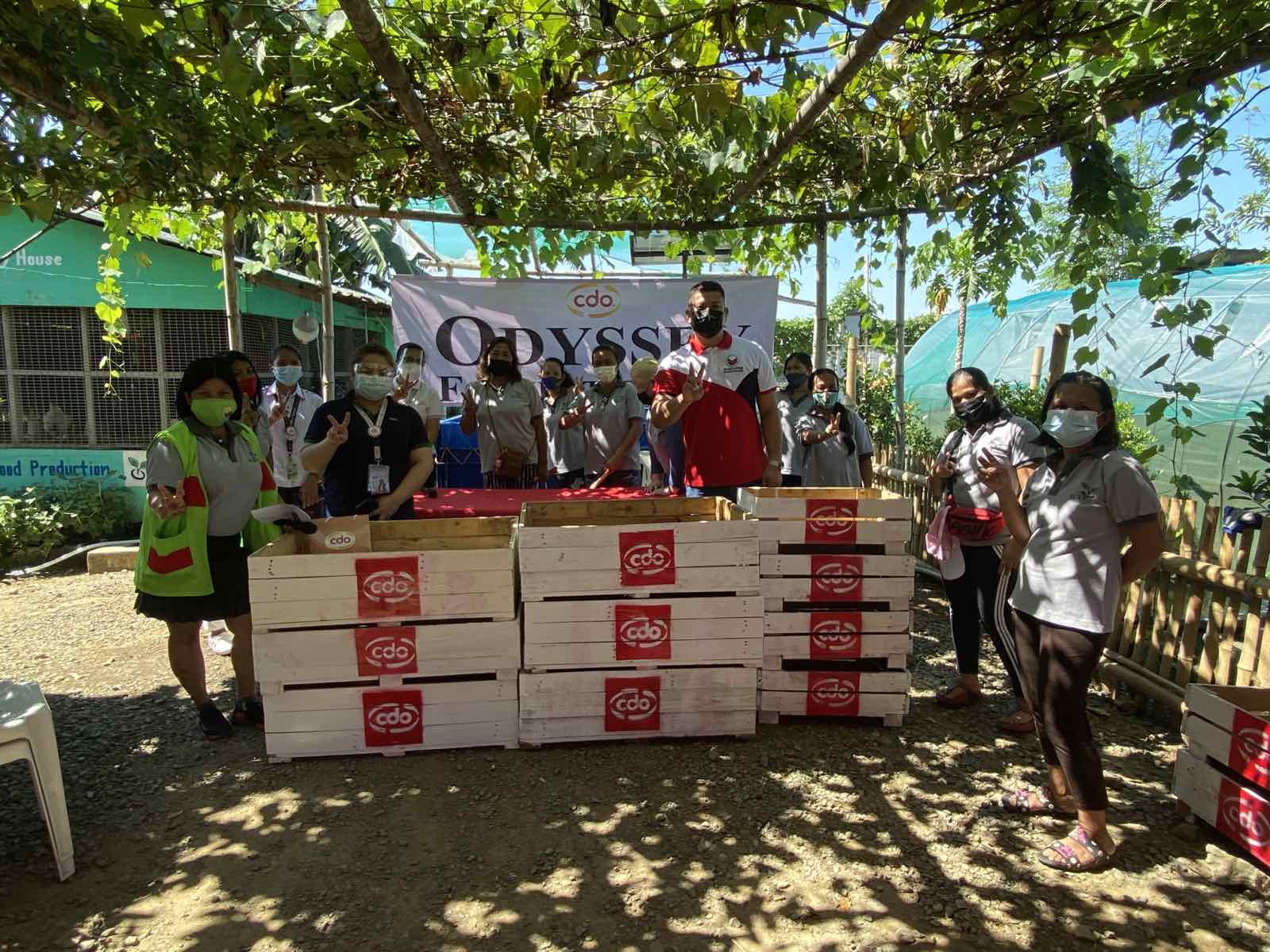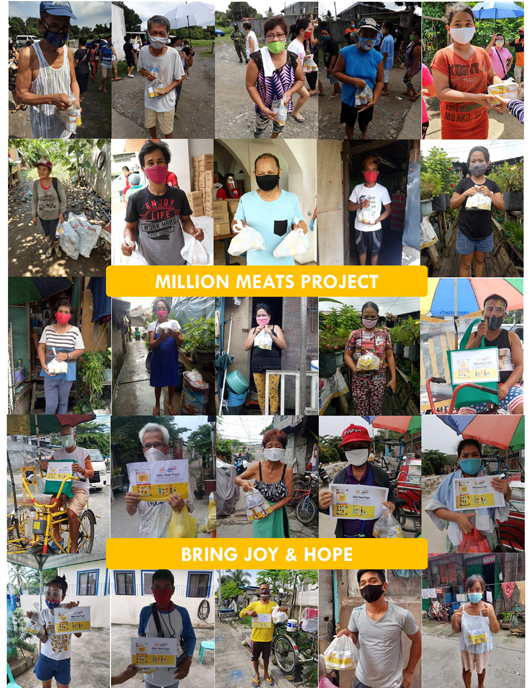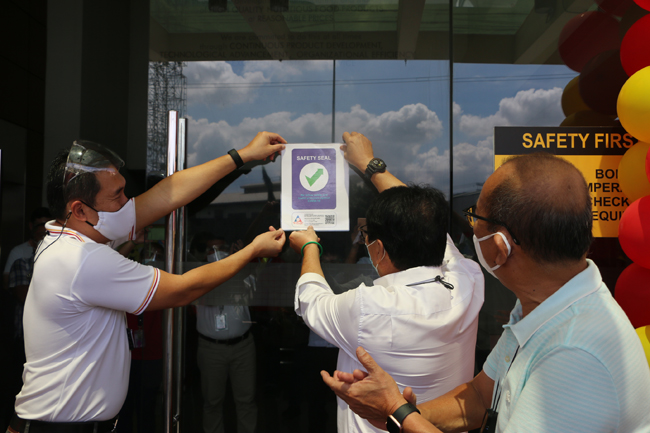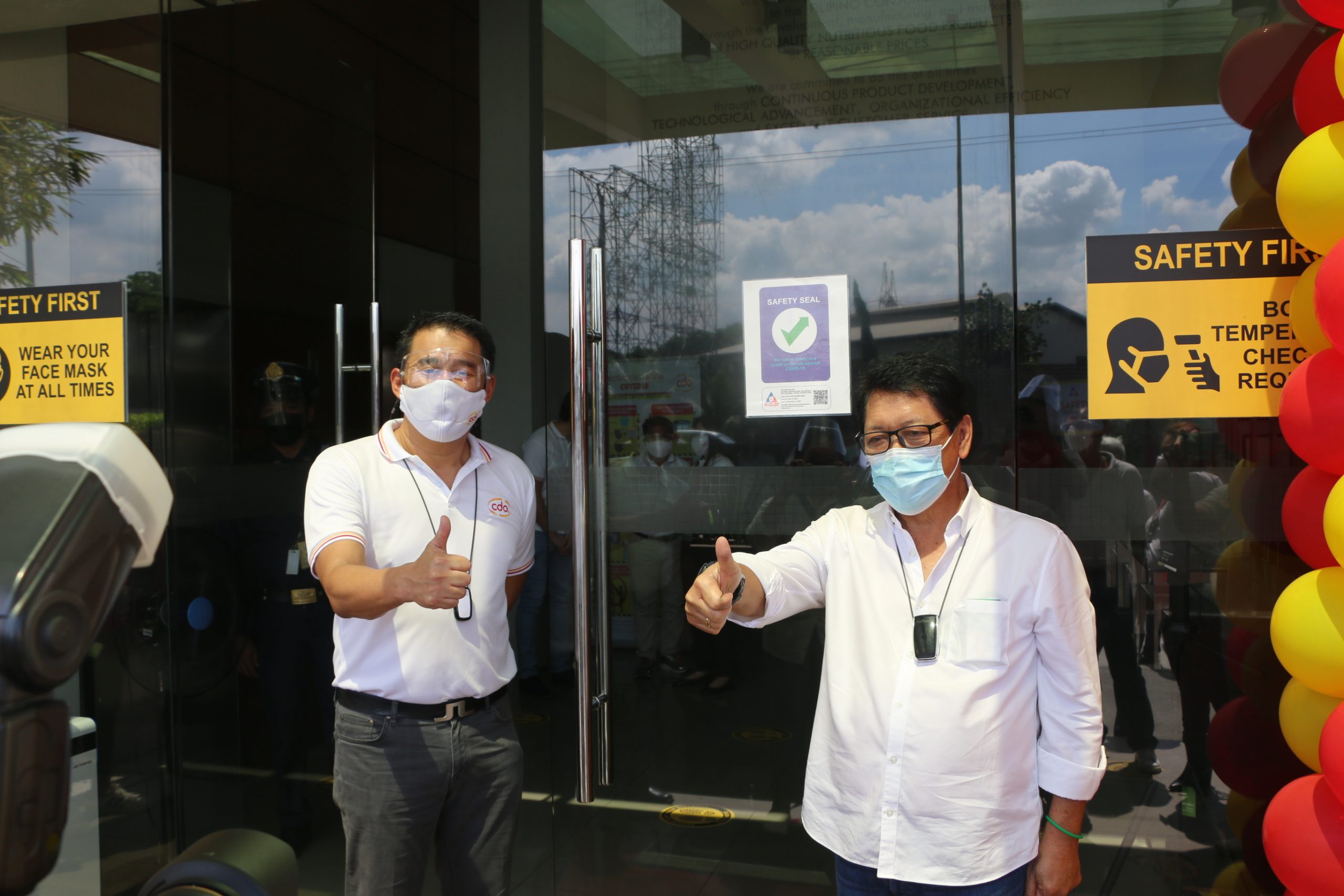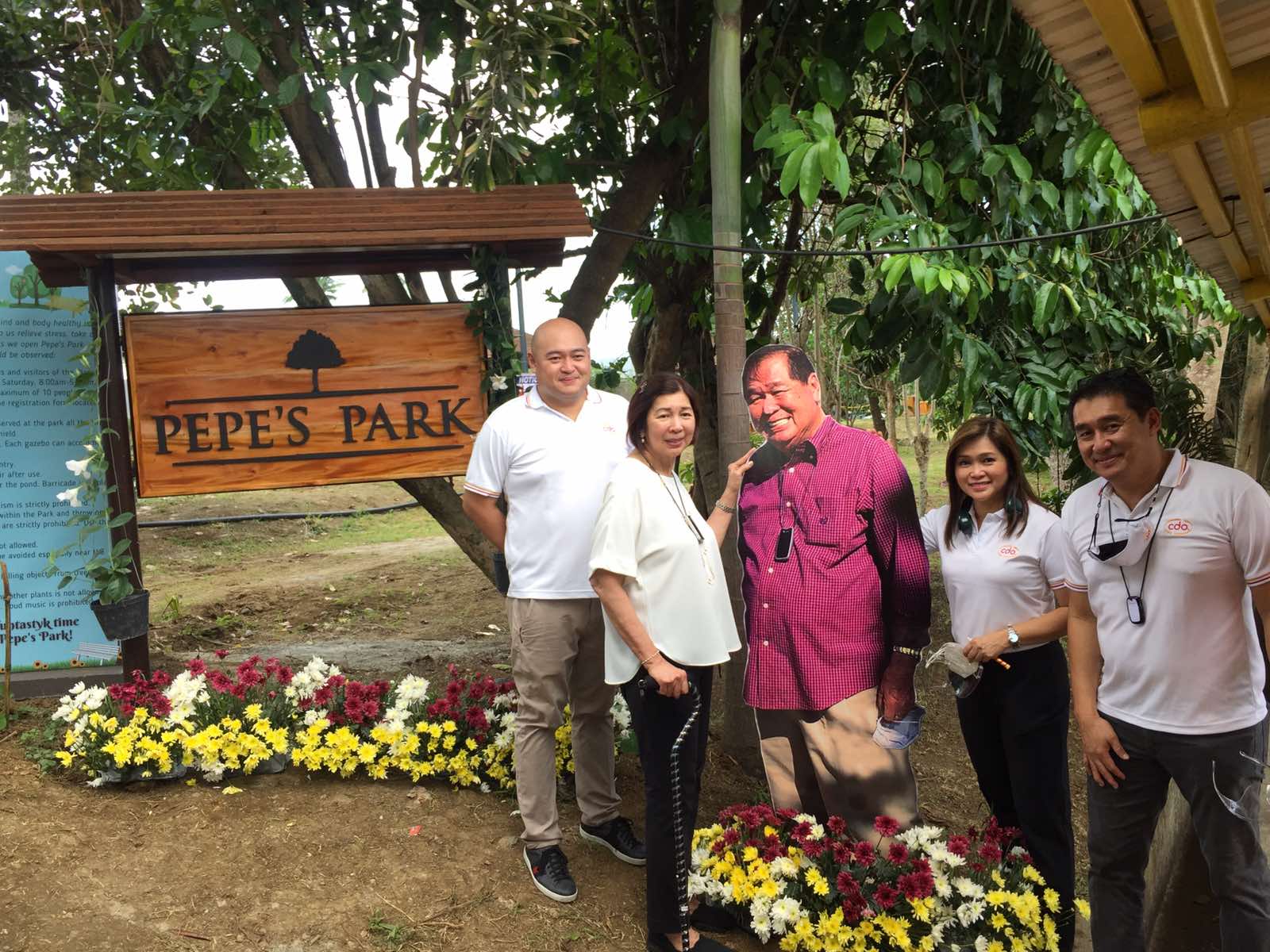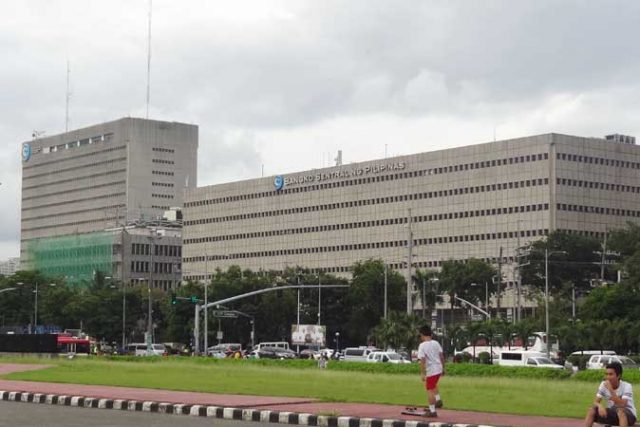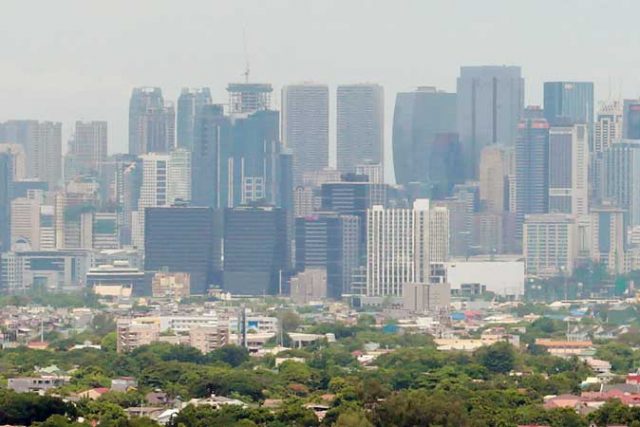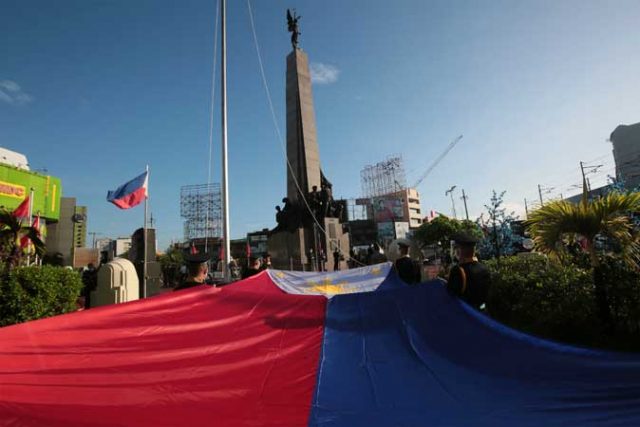Chinese ride-hailing giant Didi targets $60 bln-plus valuation in NYSE debut
Chinese ride-hailing giant Didi Global Inc.’s New York initial public offering (IPO) to raise up to $4 billion has been fully covered on the first day of its bookbuild, according to four sources with direct knowledge of the matter.
The sources could not be named as the information is not yet public. Didi did not immediately respond to a request for comment.
The bookbuild is due to run until Tuesday and the price will be set after the US market closes that day, according to a term sheet seen by Reuters.
Didi is aiming for a valuation of over $60 billion in its New York listing, less than initially expected due to worries about its growth prospects and the potential for tighter regulation over Chinese tech firms, sources said.
The world’s largest mobility-technology platform plans to start trading on the New York Stock Exchange (NYSE) on Wednesday after a short roadshow for investors for its keenly awaited initial public offering (IPO).
It will be the biggest US share sale by a Chinese company since Alibaba raised $25 billion in 2014 and is likely to be the biggest US IPO this year.
Didi set a price range of between $13 and $14 per American Depositary Share (ADS), according to a regulatory filing on Thursday, and said it would offer 288 million such shares in the IPO. At the top of the range, the deal will raise $4.03 billion.
An overallotment option could see the company sell an extra 43.2 million shares to raise up to an extra $605 million.
Terms of the deal suggest a conservative approach for Didi that sources said had earlier been eyeing a valuation range of $80 billion and $100 billion. Its valuation exceeded $60 billion a year after its 2017 fundraising, sources have said.
The final price will be set after the close of the US market on Tuesday, according to a term sheet reviewed by Reuters.
The company has started presentations to investors, led by Didi’s vice president and head of capital markets David Xu, which will run until Tuesday.
The roadshow for a US listing of this size is shorter than usual, with most normally running for about 10 days.
Morgan Stanley Investment Management has indicated interest in subscribing for up to $750 million worth of stock in the IPO and Singapore’s Temasek for $500 million, according to Didi’s updated prospectus.
REGULATION CONCERN
The valuation target and raising size were set after initial meetings with potential investors over the past fortnight. The likelihood of Didi facing greater regulation from the Chinese government was raised as a topic, according to sources with direct knowledge of the matter.
The sources could not be named as the information was not yet public. Didi did not respond to a request for comment.
Reuters reported last week that China’s market regulator has begun an antitrust probe into Didi, citing sources with knowledge of the matter.
The State Administration for Market Regulation (SAMR) is investigating whether Didi used any competitive practices that squeezed out smaller rivals unfairly. The regulator is also examining whether the pricing mechanism used by Didi’s core ride-hailing business is transparent enough.
Didi said then it would not comment on “unsubstantiated speculation from unnamed source(s).”
Four ADSs represent one Class A ordinary share, Didi said in the filing that was registered under its formal name Xiaoju Kuaizhi Inc.
The company is backed by Asia’s largest technology investment firms including SoftBank Group Corp, Alibaba Group Holdings and Tencent Holdings.
Didi had considered Hong Kong for its IPO, but opted for New York due partly to concerns that a Hong Kong IPO application could run into tighter regulatory scrutiny over its business practices, including the use of unlicensed vehicles and part-time drivers.
Excluding China, Didi operates in 15 countries and has more than 493 million annual active users globally.
Didi Chief Executive Officer Cheng Wei said last year the firm aims to have 800 million monthly active users globally and complete 100 million orders a day by 2022, including ride-sharing, bike and food delivery orders.
In 2016, Uber sold its Chinese operation to Didi for a 17.5% stake in the Chinese firm, which also made a $1 billion investment in Uber. The US firm now owns 12.8% in Didi, IPO filings show.
Goldman Sachs, Morgan Stanley and J.P. Morgan are the lead underwriters for Didi’s NYSE float. It added more than a dozen new ones on Thursday, including BofA Securities, Barclays, China Renaissance, Citigroup, HSBC, and UBS Investment Bank. — Scott Murdoch, Julie Zhu and Anirban Sen/Reuters



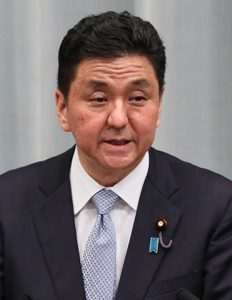
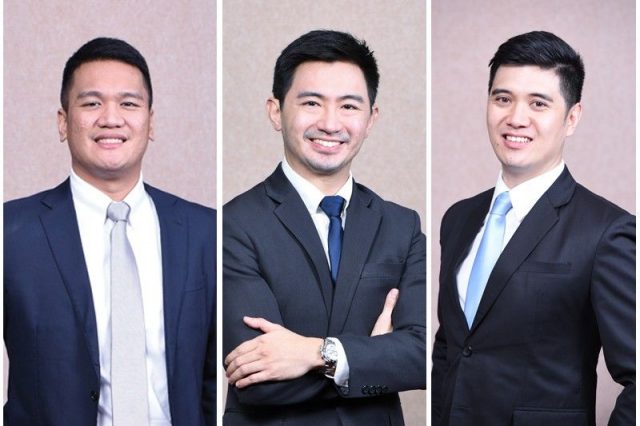

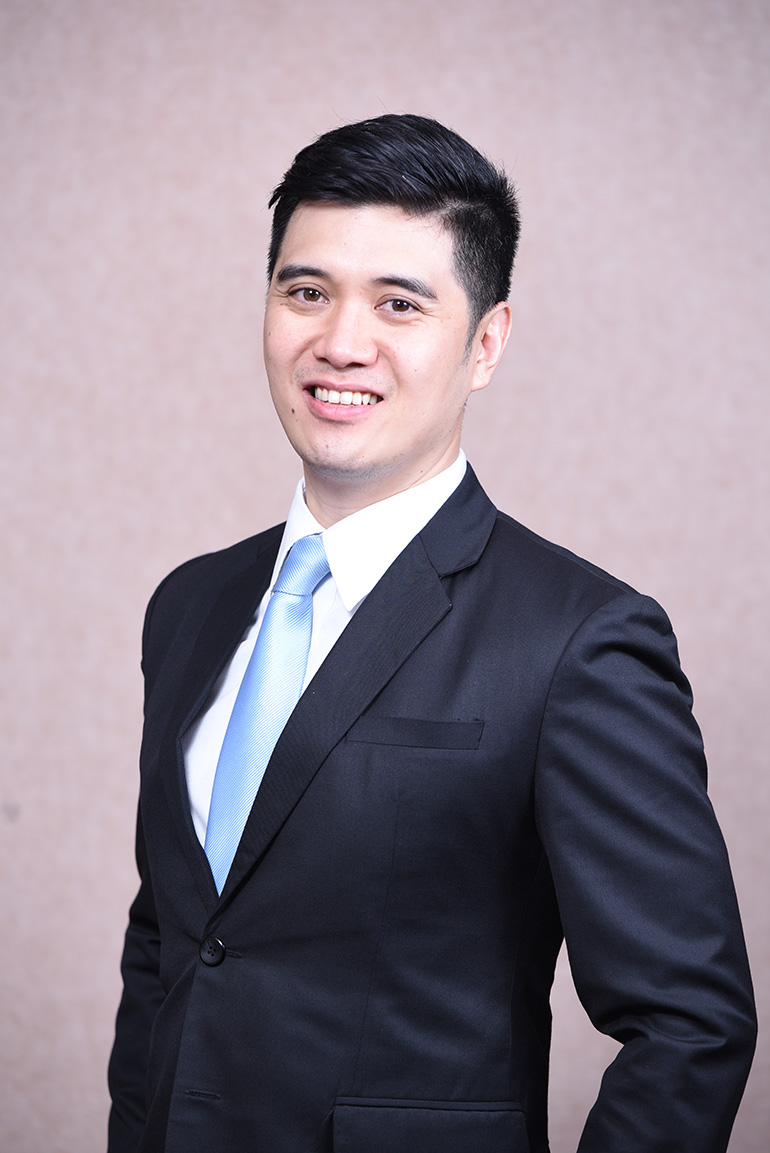
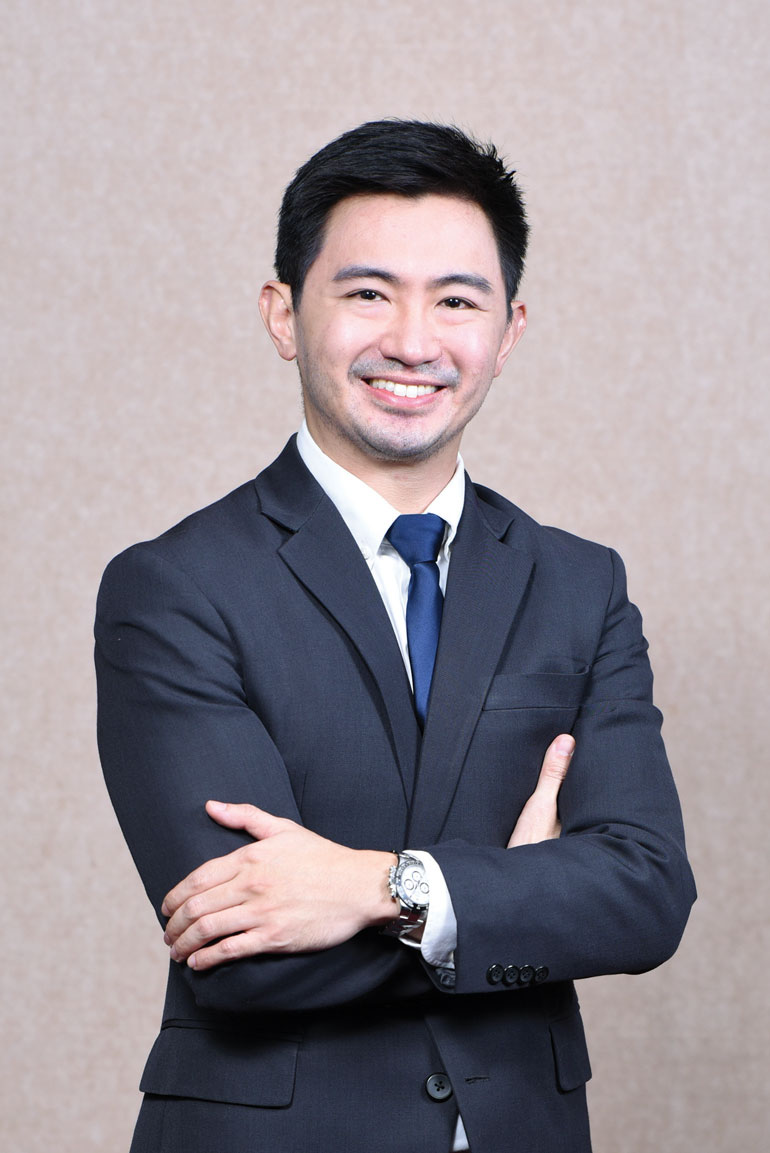
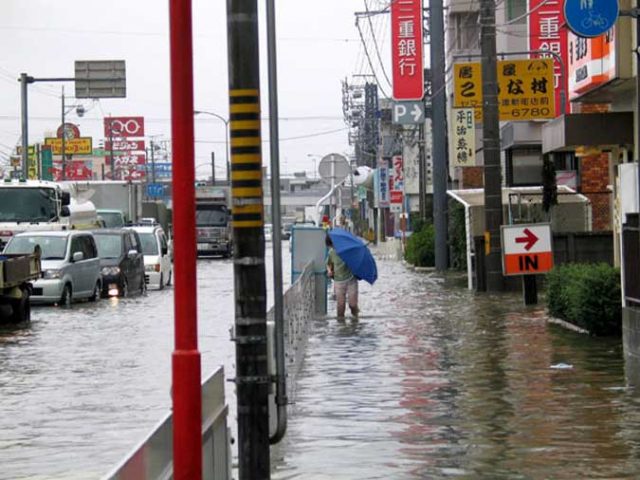

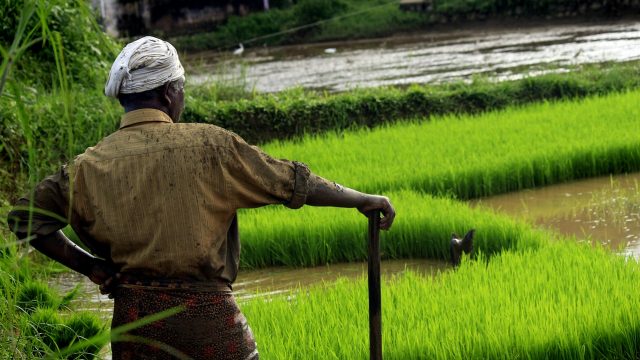

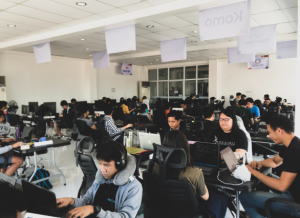 Perks and prizes
Perks and prizes



